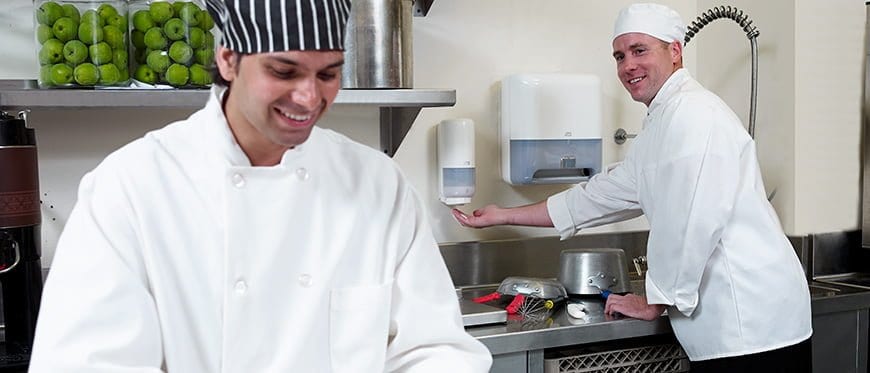Food recalls are up dramatically, with a four-fold increase in just the last few years. This situation not only threatens public health, it also undermines the financial health of affected corporations. The average food recall in the U.S. costs food processors $10 million in direct costs, while long-term financial impacts can be even greater, due to the permanent loss of customers (21% of consumers avoid future purchase of any brand made by a manufacturer of a recalled product).
There are many steps to take in dealing with a food recall, but the best one is to prevent it in the first place. Here are four initiatives every food processor should undertake to help workers protect against costly food safety mistakes.
Step One: Design facilities with safety in mind
Building a new food processing plant presents the perfect opportunity to “design in” food safety. Starting from scratch, it’s easy to avoid the creation of “pest hot spots” that can produce animal or insect contamination. You can also select materials that help prevent bacterial build-up, or that are more conducive to proper clean up and maintenance. In addition, you have the chance to determine optimal equipment layouts and materials/product flow through the plant, to minimize accidents and facilitate proper maintenance.
Most processors, however, aren’t going to be building brand new plants – but that doesn’t mean you can’t re-design with safety in mind. This can be as simple as auditing your space for potential pest hot spots and sealing them off. Or it can involve a full re-thinking, and re-ordering, of the plant floor, moving equipment to achieve the desired reduction of accidents and improve access for cleaning and maintenance.
Step 2: Up your game in food storage
The active production process may receive the most attention, relative to ensuring safety, but the post-production/pre-shipping phase – storage and handling – is also fraught with potential health safety issues.
For instance, it may seem logical to re-use storage containers, without washing, if you are simply replacing a shipped supply of one food with more of exactly the same – but it is safer to always thoroughly “clean between” uses of a container, no matter what was in there before or what is coming next. And it’s not just a matter of avoiding pest or microbial contamination. Cross contamination may impact, and even invalidate, ingredient listings, causing not only a regulatory headache relative to labeling, but also a health hazard (particularly in terms of the inadvertent introduction of even small amounts of allergens).
Step 3: Come clean about overall hygiene
It’s important to remember that anything that touches the food you’re processing must be kept clean, to avoid the transfer of bacteria that can cause illness. Every facility should have a set protocol and schedule for cleaning and disinfecting equipment, while every employee should always wash hands, cover hair and sores, and avoid working with food when sick.
Step 4: Train to sustain an on-going food safety culture
Employees, left to their own devices, will sometimes wash their hands, but nearly just as often they will not. A recent survey found that fifty-six percent of all workers report sometimes seeing co-workers leave the bathroom without washing their hands. Even those who do may not know exactly what qualifies as effective hand washing (including at least 20 seconds of scrubbing with soap and water).
Formal employee training, with on-going reminders should address this all-too-common gap between best and actual practices. Workers need technical education on-the-job, to understand when and how to clean their machines, but they also need formal instruction on personal hygiene, from hand washing to what precautions to take when feeling ill at work. This training should take place when an employee is first hired, and regularly thereafter, whether in a corporation’s own program or via one of the many online training options available to even the smallest food processor.
Remember, food safety isn’t just about consumer health; it’s about corporate wellness, too.
SOURCES
Food Safety Magazine: Recall: The Food Industry’s Biggest Threat to Profitability
Learn 2 Serve: 6 Food Safety Practices for Food Processing
OHSA Online: Survey Reveals Workplace Handwashing Habits
Nilfisk: 7 Common Mistakes in Food Plants
